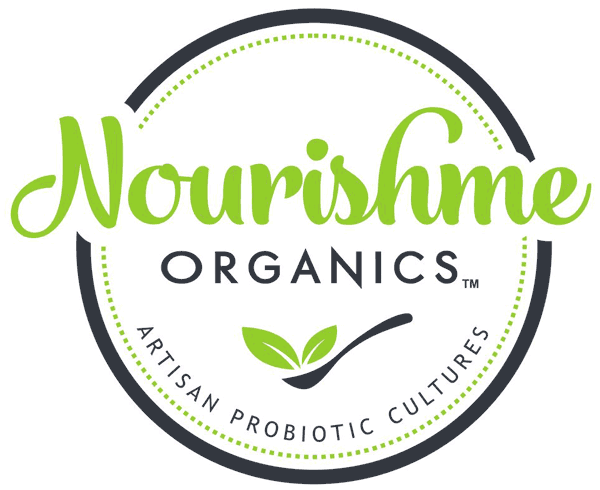Probiotics and Prebiotics: What’s the Difference?


There’s an abundance of information on gut health, and almost all of it features the terms “probiotics” and “prebiotics”. With both of these terms frequently scattered through content on our gut’s micro flora, it’s clear that both probiotics and prebiotics are an important part of keeping us healthy.
What’s not so clear is the difference between them. So let’s take a closer look at both probiotics and prebiotics to see how exactly they fit into the bigger picture of our gut’s health.
Probiotics are “healthy bacteria”
The term probiotics literally means “for life” and is used to describe microorganisms – bacteria and yeasts – that are good for our health. When consumed, probiotics add to the microflora in our gut and help break down foods and fight off other, harmful bacteria.
Research has also shown that probiotics can be beneficial for a number of specific health conditions, including:
- Colds and flus
- Irritable bowl syndrome (IBS)
- Indigestion
- Diarrhoea
- Yeast infections
- UTIs
There’s also a growing body of research suggesting probiotics can be used to treat anxiety and depression by supporting good gut health.
Probiotics are naturally found in a number of foods and drinks, including yoghurt, sauerkraut, kimchi, miso, kefir and kombucha. There are also a number of supplements available, with varying degrees of effectiveness.
Increasing your probiotic intake over time can improve your overall gut health, and nutrient absorption from the foods you eat. In turn, this boosts your digestive health, immunity and overall wellbeing.
Prebiotics support probiotics
Prebiotics are non-digestible carbohydrates that support and stimulate the activity of microorganisms, including probiotics and the microflora already found in our guts. Put simply, prebiotics are food for probiotics and other good bacteria we want in our body.
Prebiotics are naturally found in a wide range of foods, including bananas, asparagus, artichokes (both Globe and Jerusalem), onion, garlic, flaxseeds, oats, wheat, barley, green vegetables, goji berries and honey. Raw apple cider vinegar (with “The Mother”) is also classified as a prebiotic.
Gradually adding more prebiotics into your diet can actually change the composition of your gut’s microflora and improve your overall health. But because many prebiotic foods are high in fibre (prebiotics are fibre-rich in nature), adding too many at once can lead to issues such as gas, bloating and uncomfortable bowl movements – it’s all about balance.
The relationship between prebiotics and probiotics means that you can often find both in fermented foods (and some even use a prebiotic to nourish the growth of the good bacteria involved in the fermentation process). So whether you’re currently including prebiotics and probiotics in your diet, or are considering it, now you know you know more about what they are, how they help and where you can find them naturally.











Well there you go, I have learnt about prebiotics and did not know anything about this. Thank you! i love learning